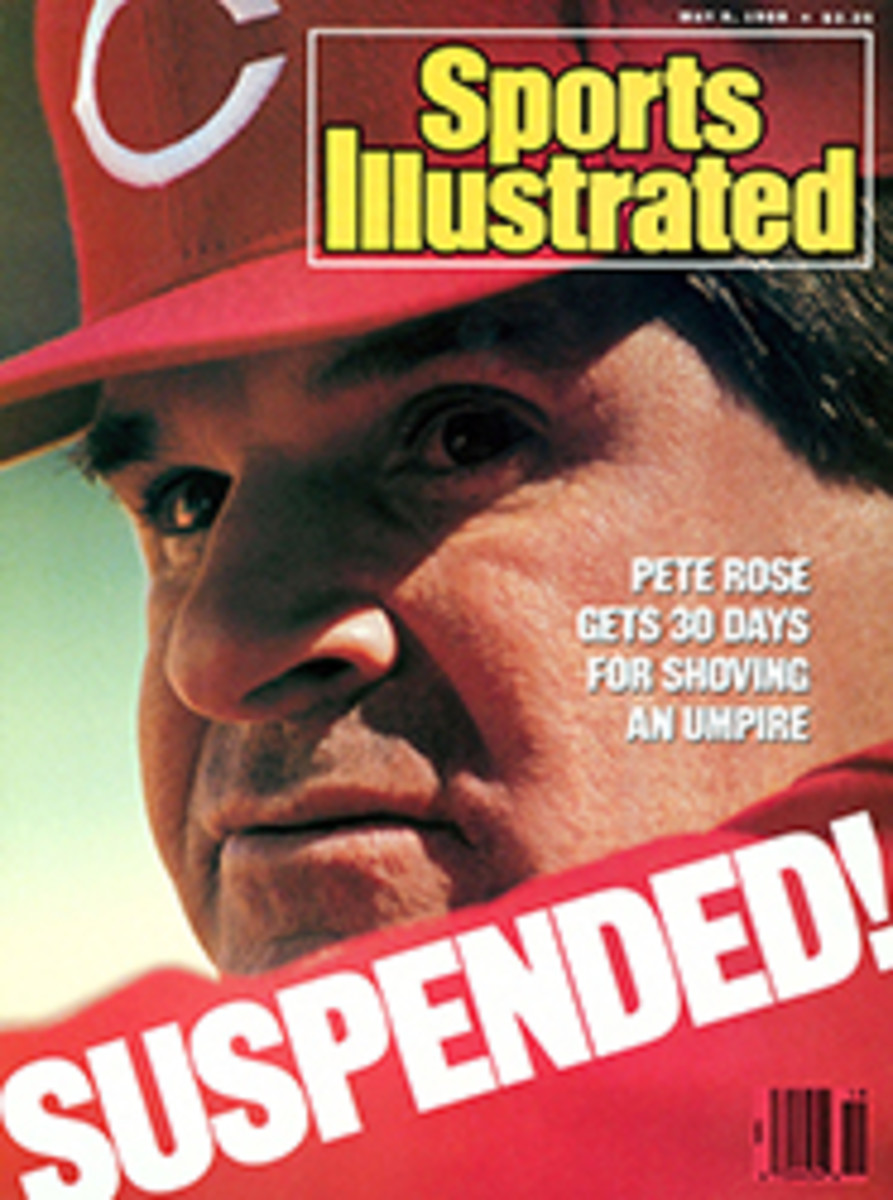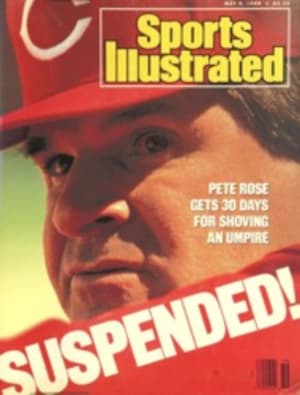
FOR RELAXATION, THE HALL'S LIBRARIAN—PLAYS BALL
In the last few years Tom Heitz has become close to Ty Cobb. He knows Lou Gehrig intimately. He whiles away the hours with Casey Stengel. When he feels the inclination, he reaches across his desk to touch base with the Babe. Heitz is the librarian at the National Baseball Hall of Fame and Museum, Inc., in Cooperstown, N.Y., and some days he feels as though he has died and gone to heaven.
The 47-year-old Heitz was raised in Kansas City, Mo., where his father, a law professor, passed along his love of baseball. The son was more successful at secreting the bulky family radio under the bedcovers to catch Harry Caray's Cardinals broadcasts than he was at hitting them out of the park for the South-side Lions, the organized youth team for which he played centerfield. Heitz showed an early and voracious appetite for baseball literature as well, and read his favorite book, Freddy and the Baseball Team From Mars, by Walter R. Brooks, countless times. He saw his first major league game in 1947 or '48—he hasn't gone a season without attending one since—and collected all 407 of the 1951 Topps baseball cards. (A few years ago, in anticipation of paying college expenses for his three daughters, Heitz parted with the cards. "I felt as though I was losing a child," he says.) During college summer vacations he counseled members of St. Louis street gangs, and one of the things he always did was take the kids to the ballpark. "They would sit still there." he says, "and you could get to know them."
After graduating from the University of Kansas in 1962, Heitz married Ginger Welsch, a fellow KU student, and in 1964 finally saw Ken Boyer and the Cardinals win the World Series. He earned a law degree from the University of Missouri at Kansas City, and during the Vietnam War enlisted in the Marine Corps, serving as a military legal counsel and judge.
But eventually, says Heitz, "I realized I didn't have enough detachment to enjoy practicing law, and I never could get that excited about other people's money." So he left active duty with the Marines in 1972 to teach law at the University of Puget Sound while earning his masters in library science at the University of Washington. After a few jobs—including one in which he spent his per diem on baseball tickets, not lunch—a friend mentioned that the Baseball Hall of Fame was searching for a librarian, and encouraged Heitz to apply. He did, and by 1983 the former Marine Corps lawyer was happily dealing with baseball's legends, artifacts and fans.
The bulk of Heitz's time is spent responding to the many requests for information (more than 9,000 last year) that pour in. "Our function in a large measure is to encourage baseball writing and to try to help people produce it," he says. Many of the books on the library's shelves include forwards by writers who acknowledge Heitz's assistance; the library was even praised as a sanctuary by a character in W.P. Kinsella's 1982 novel, Shoeless Joe. But Heitz doesn't respond only to calls from notable authors. Term-paper writers and precocious 12-year-olds get equal time, although they are not usually charged a research fee.
The collection that Heitz oversees includes books, periodicals, tapes and photographs. And it's certainly eclectic. "I love the off-the-wall stuff," he says as he pulls down the autobiography of the nurse at Walter Johnson's deathbed. "Obviously, this woman, Daisy Barnwell, was a very dedicated nurse. She even saved Johnson's empty penicillin bottle and sent it to us. Because it wasn't really related to baseball, we had to return it with our regrets," he says, then adds, "She did a great job on the book." Heitz claims that nobody knows how to take a team photo anymore, and he supports that view with an 1874 picture, from the library's collection, of the Nameless Baseball Club of Grant, Pa., in which each player struck a different pose. He also likes a cracked original photograph of A.G. Spalding's touring team at the Pyramids in 1889. "The idea of traveling around the world playing baseball kind of fulfills my notion of the romantic," he says.
The library's extensive collection of newspapers and magazines includes copies of The New York Clipper, published from 1853 to 1924, which billed itself as the Oldest American Sporting and Theatrical Journal. "I love reading the old game accounts," says Heitz. "You'll find Equitable playing Met Life in 1878. I feel connected to those people, since we're still playing the same game. Baseball helps hold our culture together, gives it continuity." Heitz has a special interest in the library's large collection of baseball cartoons, dating back to about 1850.
Heitz and the 30 other full-time museum employees perform many services for historians and interested parties: Old uniforms were brought out for a textile historian; videotapes of graceful fielding plays were shown to a troupe of modern dancers. The producers of the movie The Natural examined the library's photo collection for costume information, and Heitz supplied a professor preparing a seminar on emphysema with tapes of Babe Ruth's voice before and after the slugger was afflicted with the illness. A few years ago Heitz listened compassionately while the daughter of Chicago Black Sox pitcher Eddie Cicotte talked about the injustices done to her father by skinflint owner Charles Comiskey.
Heitz is one of several employees who serve on the museum's Committee on Accessions. From Texas recently came what Heitz ecstatically recognized as one of the few remaining copies (only 100 were printed) of Ring Lardner's book describing the 1913-14 world travels of a team led by Comiskey and John McGraw. Another recent offering: from the parents of former Pittsburgh outfielder Richie Zisk, the most thorough scrapbooks Heitz had ever seen, documenting their son's 13-year career. From the Del E. Webb Foundation, the museum acquired a valuable collection of 39 films, including highlights of Yankees World Series games and the Yankees' trip to Japan in 1955.
There have been some bizarre submissions, too: a 1985 chain letter to Honus Wagner, addressed in care of the Hall, that reads in part, "this is no joke" (Wagner died in 1955); a 1985 letter from The Sporting News, informing Abner Doubleday that his subscription had been canceled. Heitz has also come across several baseballs purported to be the one Ruth tagged for a famous homer in the 1933 All-Star Game and a painting of Joe DiMaggio, supposedly by Norman Rockwell. The balls and the painting were rejected by the Hall.
In the moments when he's not at the library ("The only problem is that Tom's job is also his hobby," says Ginger), Heitz can usually be found at Cooperstown's Presbyterian church, where he is a deacon; at The Freeman's Journal, where he writes a weekly baseball column; or playing ball with the Leatherstocking Base Ball Club, a team that uses 1858 rules. Heitz and a couple of friends were inspired to form the team two years ago after completing a research project on early baseball.
When he's not involved with any of those activities, chances are Heitz can be found at a small wooden-fenced ballpark, in either Oneonta or Little Falls, where he goes in search of minor league distraction. Says Heitz, "I love my job, but everyone needs an occasional break from the library routine. What really reenergizes me is going to a game."
PHOTO
JOHN D. HANLON
Leatherstocking player Heitz swings an old bat while William Arlt catches bare-handed.

